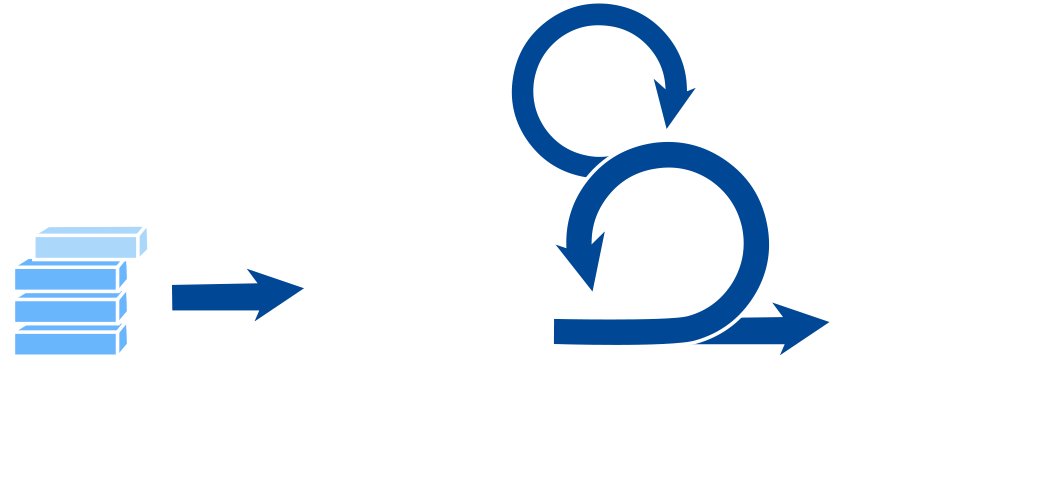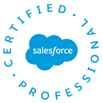About
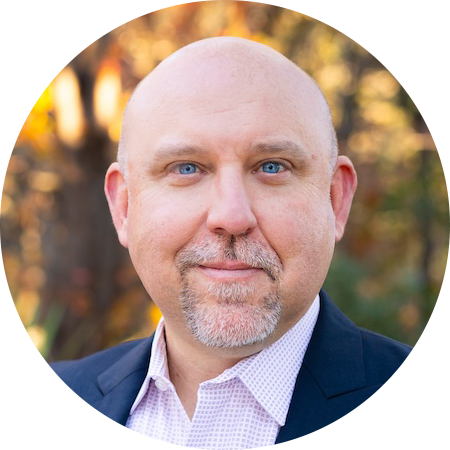
Fortafy was conceived out of our experiences working with nonprofits who have adopted a database technology but have not maintained the health and integrity of one of their most sacred assets – their constituent data. Many nonprofits struggle to find someone with the depth and breadth of expertise, leaving this critical work up to the “accidental administrator” or the most technically competent board member or friend of the family.
And in some cases the technology is fairly simple and straight-forward, and this can work. However, a number of nonprofits are adopting Salesforce because they are enticed by the 10 free licenses offered by the Salesforce Foundation.
But Salesforce is anything but free and neither is it an “out-of-the-box” application and it requires more than just rudimentary knowledge to leverage it correctly.
Our Philosophy
There are hidden costs to owning and maintaining a healthy database which is why we’ve established a core philosophy which guides our practice:
Salesforce is just a tool. First and foremost the goal of any Salesforce implementation is to solve an organization’s business problems. The people and the processes come before the tools, and our job is to understand the former and provide a solution leveraging what we know about the latter.
User experience is paramount. Salesforce should work for the users and it should accommodate the process – not the other way around. Our goal is to not only make Salesforce technically functional, but also ensure that it is user friendly for the primary audience of users.
Keep it simple. Salesforce is a very powerful, enterprise-class platform and it’s not always easy to understand if you don’t have a technical background. We believe in keeping the “technical debt” low and leveraging built-in functionality of Salesforce as much as possible. Our goal is to make the ongoing administration of the system easy to understand now and in the future.
Don’t eat the elephant whole. We leverage an Agile process for managing our work. We help identify the “big boulders” you are trying to solve and help break these boulders down into smaller rocks that can be implemented — in priority — over time. We help build and maintain the backlog; help prioritize the tasks; and work with you over time as these priorities change.
Your Virtual Team Members
Fortafy is a collaborative of independent contractors and consultants working together to help make the day-to-day administration of Salesforce easy and cost-effective for nonprofits. Our administrators are from all parts of the country and with varied backgrounds. All of them are Salesforce professionals with nonprofit experience. And while some of them have full-time jobs and some are independent consultants, they all have one thing in common: they are all mission-driven.
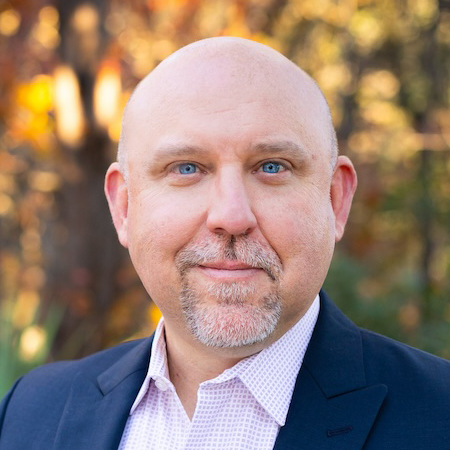
Sean Ramsey
Austin, TX
Founder and CEO

Victor da Silva
Fort Worth, TX
Director of Professional Services
#1 hobby? Studying/practicing to master solving the Rubik’s cube

Cathy Savage
Austin, TX
Office Manager, Data Services
#1 hobby? Traveling

Jung
Portland, OR
Salesforce Admin
#1 hobby? Altering MTG (Magic the Gathering) cards

Deborah
Philadelphia, PA
Salesforce Admin
I’m a singer in classical ensembles, a fan of jazz and all manner of traditional music, and love to be outside on the trails.
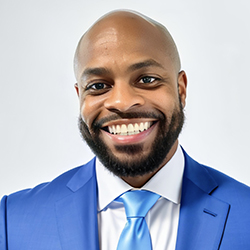
Gerald
Houston, TX
Salesforce Admin
#1 hobby? Learning and practicing automation. I enjoy making complicated things simple.

Frances
Kyle, TX
Salesforce Admin
#1 hobby? Gardening
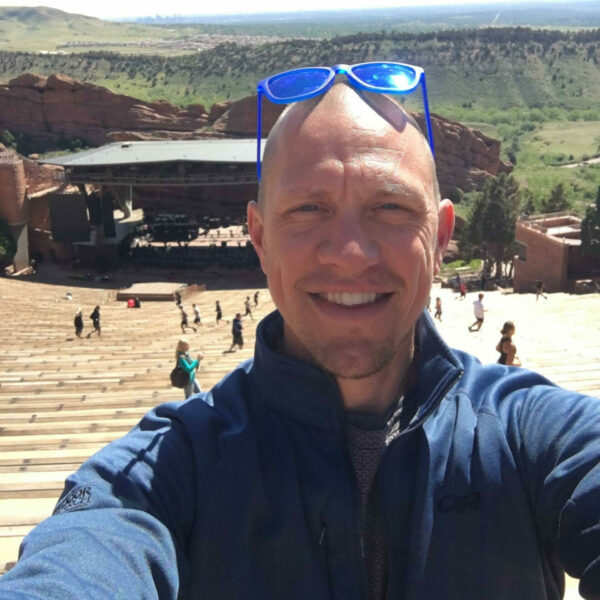
Matt
Washington, IL
Salesforce Admin

Delilah
Chicago Area, IL
Salesforce Admin
Loves books, LEGO, and board games
– and my cat!
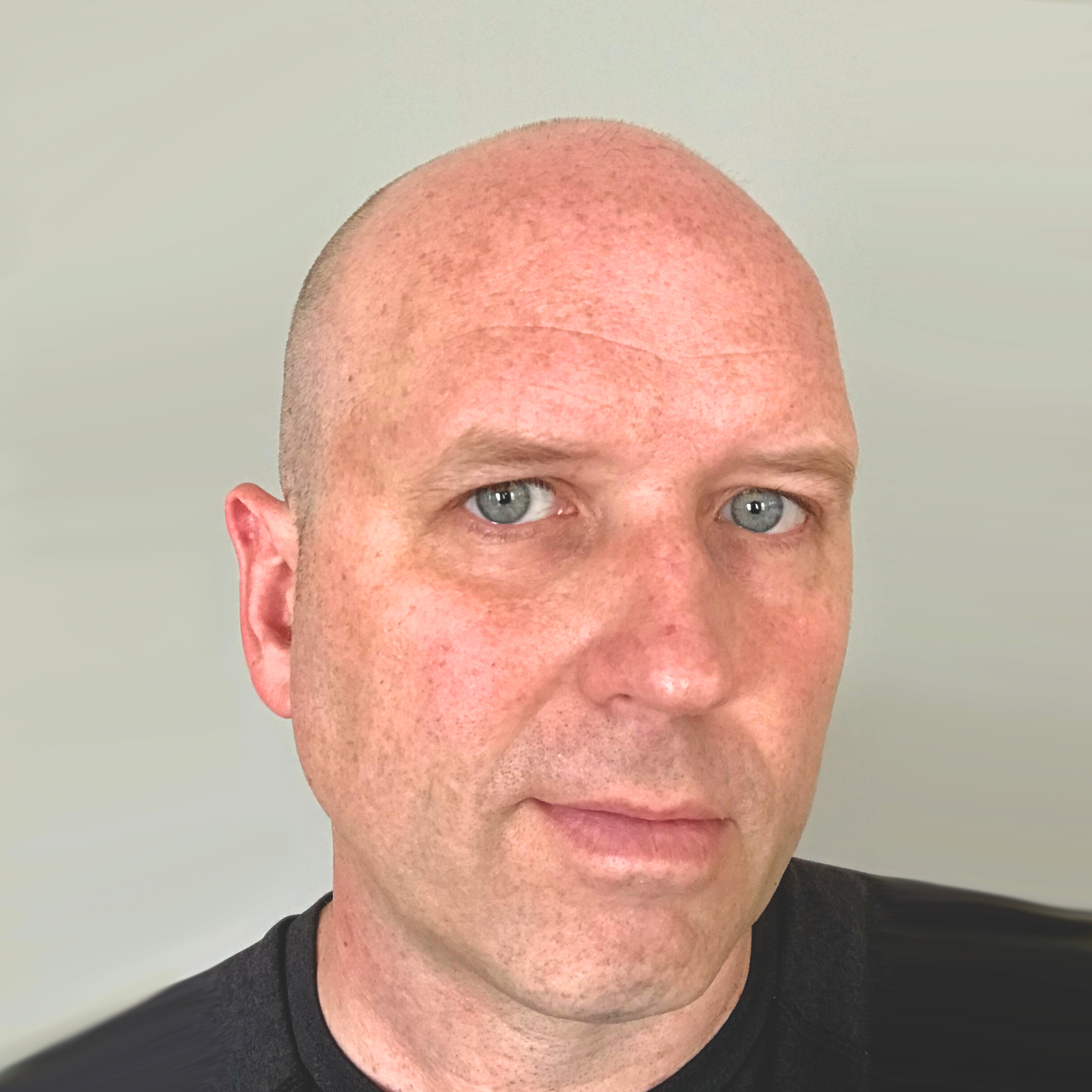
Jeff
Boston Area, MA
Salesforce Admin
and all kinds of outdoor activity.
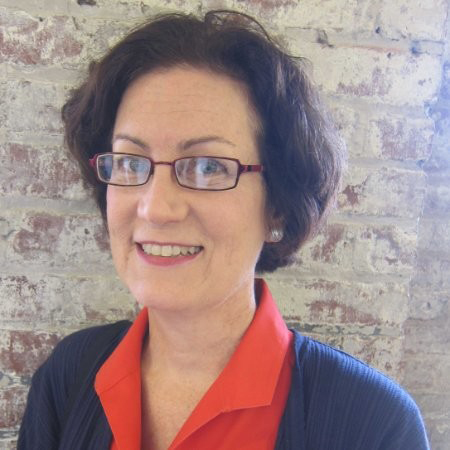
Eileen
New York, NY
Salesforce Admin

Rob
Longmont, CO
Salesforce Admin and Developer
Favorite Hobby: Dog sports with his dog Aengus

Ed
Boulder, CO
Salesforce Admin

Chase
Oklahoma City, OK
Salesforce Admin

Julie
Oklahoma City, OK
Salesforce Admin
Our Process
We use Agile methodology to frame our work together. Once we have finalized the solution, we will identify all the high-level goals and tasks, prioritize them and begin work on implementation. We will work in two week sprints in a phased approach until we have reached our first high-level goals.
At the end of each sprint, we will convene as a team, review the work that was accomplished, reflect on any misses, and review the priorities to ensure that they are all still representative of the organization’s needs. This will also be the time to review our hours to date to ensure that we are tracking to our estimate/budget. We will then set a new intention and backlog for the next sprint and begin to implement. This will continue until all priorities have been completed to your satisfaction.
